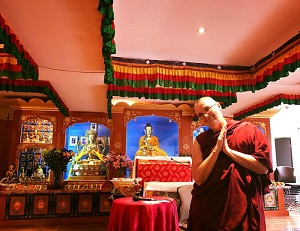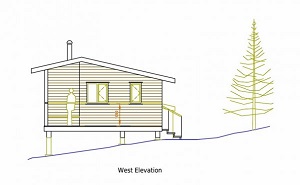Posted on 21 January 2017 by Buddhism Now
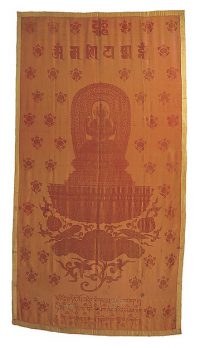 It is beneficial to recite the mantra om mani padme hum, but while you are doing it, you should be thinking of its meaning, for the meaning of the six syllables is great and vast. The first, om, is composed of three letters, a, u, and m. These symbolise the practitioner’s impure body, speech, and mind; they also symbolise the pure exalted body, speech, and mind of a Buddha.
It is beneficial to recite the mantra om mani padme hum, but while you are doing it, you should be thinking of its meaning, for the meaning of the six syllables is great and vast. The first, om, is composed of three letters, a, u, and m. These symbolise the practitioner’s impure body, speech, and mind; they also symbolise the pure exalted body, speech, and mind of a Buddha.
Can impure body, speech, and mind be transformed into the pure, or are they entirely separate? All Buddhas are cases of beings who were like ourselves and then in dependence on the path became enlightened; Buddhism does not assert that there is anyone who from the beginning is free from faults and possesses all good qualities. The development of pure body, speech, and mind comes from gradually leaving impure states and their being transformed into the pure.







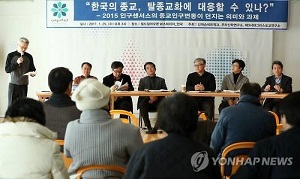



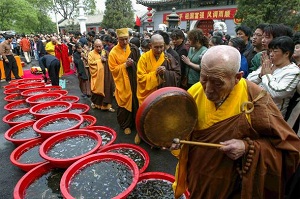
.jpg)
